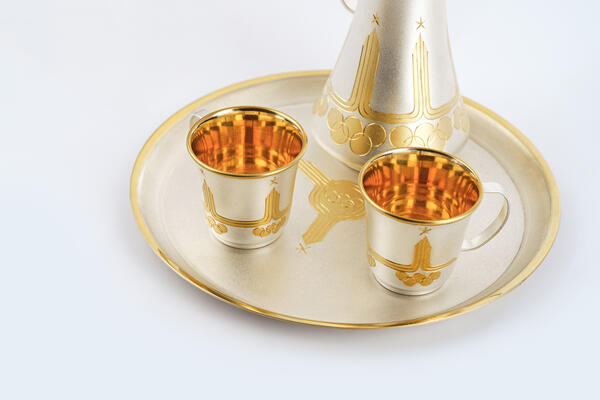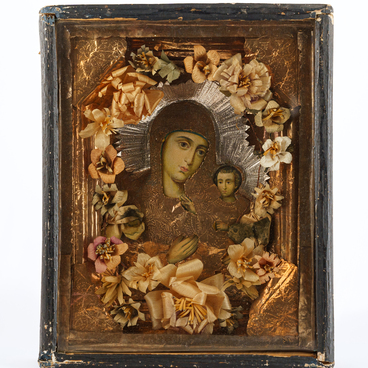The 1980 Summer Olympics were held in Moscow from July 19 to August 3, 1980. The decision to choose the capital of the USSR as the venue was made in 1974. Large-scale preparations began immediately. Millions of people were waiting for this grandiose, unique event for the country.
In the late 1970s, many Soviet enterprises began to produce souvenirs that were amazingly diverse and varied. Olympic symbols were featured on car models, jugs, dishes, clothes, jewelry, stamps, coins, badges, and posters.
The designer of the official emblem of the Moscow Summer Olympic Games was a young artist Vladimir Arsentiev. He won an open competition, in which thousands of professional artists and amateurs took part. The emblem was then refined by the prominent artists Valery Akopov and Vasily Diakonov. It consisted of five Olympic rings intertwined at the base, above which six running tracks rise skyward, forming an architectural silhouette crowned by a five-pointed star. The logo fully corresponded to the Soviet style. It was also easy to use for making badges and graphic prints, as well as for labeling commercial products. The contrast in the image was considered mandatory: a red emblem on a white (or light-colored) background or a white emblem on a red background.
The Mstyora factory “Jeweler” joined other Soviet enterprises and began to produce souvenirs. The factory specialized in the manufacture of items made of nickel silver with embossing and engraving, as well as filigree products, using gilding, silvering and oxidizing (antiquing) techniques. The artists created original designs and many details were made by hand.
The “Moscow of the Olympics” coffee set, consisting of four items (a coffee pot, two cups and a tray), was made at the “Jeweler” factory in 1977 by Natalia Ivanovna Kochetova, a specialist in artistic metalworking. Each piece of the set is decorated with an engraved image of the official Olympic symbol.
Today, the factory “Mstyora Jeweler” continues to
produce high-quality artistic products, including dishes and tableware made of
silver and non-ferrous metals, as well as jewelry.





